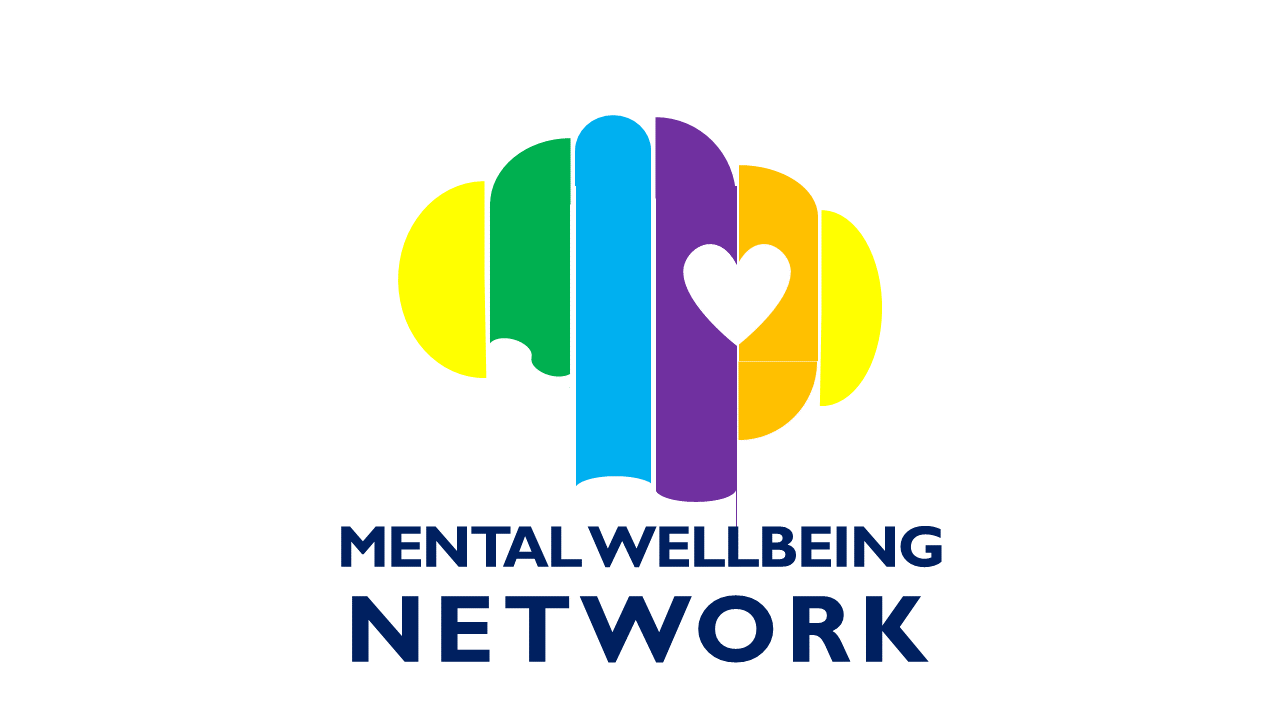Claustrophobia is characterised by a person’s irrational fear of confined spaces. This can result in a person going out of their way to avoid small, tight spaces at every opportunity. However, this can prove to have the opposite effect as by avoiding these spaces they may be strengthening this fear. The experience that is most commonly linked with claustrophobia is the fear or feeling of a complete loss of control.
Triggers
As stated above a person who is claustrophobic will avoid confined spaces at any cost. There are several different situations, feelings or in some cases even the thought of a certain situation that can trigger it. These triggers can include:
- Lifts
- Trains
- Planes
- Tunnels
- Unpleasant experiences in the past such as being stuck in a tunnel while on the train
- Trapped in a windowless room
- Having a CT or MRI scan
- Car wash
- Revolving doors
- Public restrooms
- Crowded area
- Dressing rooms
Symptoms
For someone who is claustrophobic one of the triggers listed above can cause any one of a number of symptoms. This can include a fear or feeling of losing control, mild or severe anxiety or a panic attack. In the case of a panic attack there are some physical symptoms that will be displayed such as:
- Sweating
- Rapid heartbeat
- Chest pain
- Feeling sick
- Dizziness or feeling faint
- Headache
- Feeling anxious
- Shortness of breath
- Nausea
- Dry mouth
- A feeling that the walls are going to close in on you
In addition to the symptoms listed above, a person who has a more severe form of claustrophobia may suffer from some more intense feelings of fear. This includes the fear of losing control, fainting or even dying.
Causes
The development of this specific phobia can often be linked to a traumatic event that happened during someone’s childhood. These events could entail:
- Having been trapped in a confined space either on purpose or by accident
- Having a parent who is also claustrophobic, when a child sees a loved one become scared of a confined space there is a chance that they may start to link anxiety and fear with situations that are similar
- Experiencing turbulence whilst flying
- Bullied as a child
- Abused as a child
Another factor that has been linked with an increase in the chance of developing this specific phobia is in a part of the brain called the amygdala. This is the region of the brain that is involved in the process of emotions and has been associated with controlling how we process fear. If a person is suffering from a specific phobia this part of their brain has been found to be overactive.

Diagnosis
For most people claustrophobia is not something that requires a clinical diagnosis for them to understand that they are claustrophobic. The majority of people know they have this phobia and can navigate around it by avoiding these confined spaces. However, if these symptoms escalate to the point where they are affecting someone’s life and causing them an increasing amount of distress, it is vital to speak to a doctor. At this appointment with the GP, they will ask several questions to determine whether they meet the criteria for a specific phobia. They will also aim to rule out the possibility that these symptoms are not due to another condition whilst ensuring that they have been present for six months or longer. After a diagnosis there would normally be a referral to a specialist, such as a psychologist.
Treatment
There are different treatments that can prove to be beneficial in curing claustrophobia. One of these methods is called self-exposure therapy, this is where a person would be gradually and repeatedly exposed to the specific situation that is causing this fear. This exposure can be in the form of images gradually increasing to facing them in person or by using technology such as virtual reality. The goal of this is to build up to the stage that they will feel comfortable in the situation they once feared.
Cognitive Behavioural Therapy (CBT)
CBT is a form of treatment that is available and effective at treating claustrophobia. During these therapy sessions a therapist will help to teach you how to change negative thoughts that become apparent from certain situations that trigger claustrophobia. The ability to change these thoughts into more positive ones can change the way you react to these situations in the future.
Relaxation
A therapist can also help by teaching you different types of relaxation techniques that you can use in the case that something triggers your claustrophobia. These techniques can include breathing exercises like counting to 10 to help calm yourself and gain some control with your breathing. It can also be helpful to use a visualisation technique such as closing your eyes and picturing a safe space that invokes feelings of happiness and peace. This can calm you down whilst giving you something else to focus on.
However, for some people when they are given this option for treatment, they may be reluctant to start. This is because the idea of having to face and confront their fears can understandably make some people feel scared, anxious and in some cases trigger a panic attack. A potential way to address this would be to have some encouragement and support from family members and friends. This would be particularly important as some forms of treatment may be more challenging and draining than others. Another way they could help would be by attending certain therapy sessions.
Summary
Although the symptoms of claustrophobia can feel overwhelming and debilitating, with timely intervention you can make a full recovery. This will allow you to carry on living your life to the fullest without being wary of the different situations that could set off the phobia.



